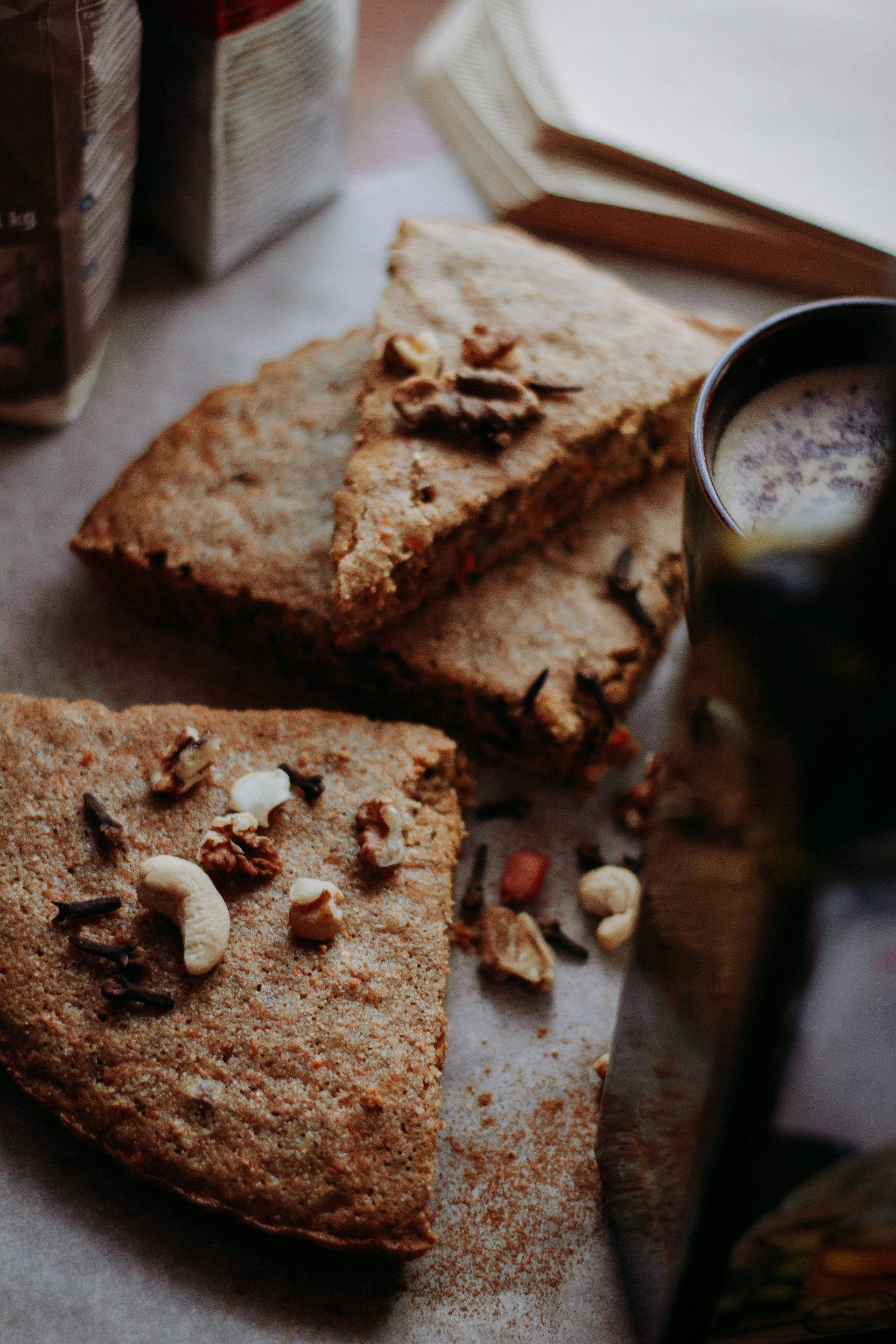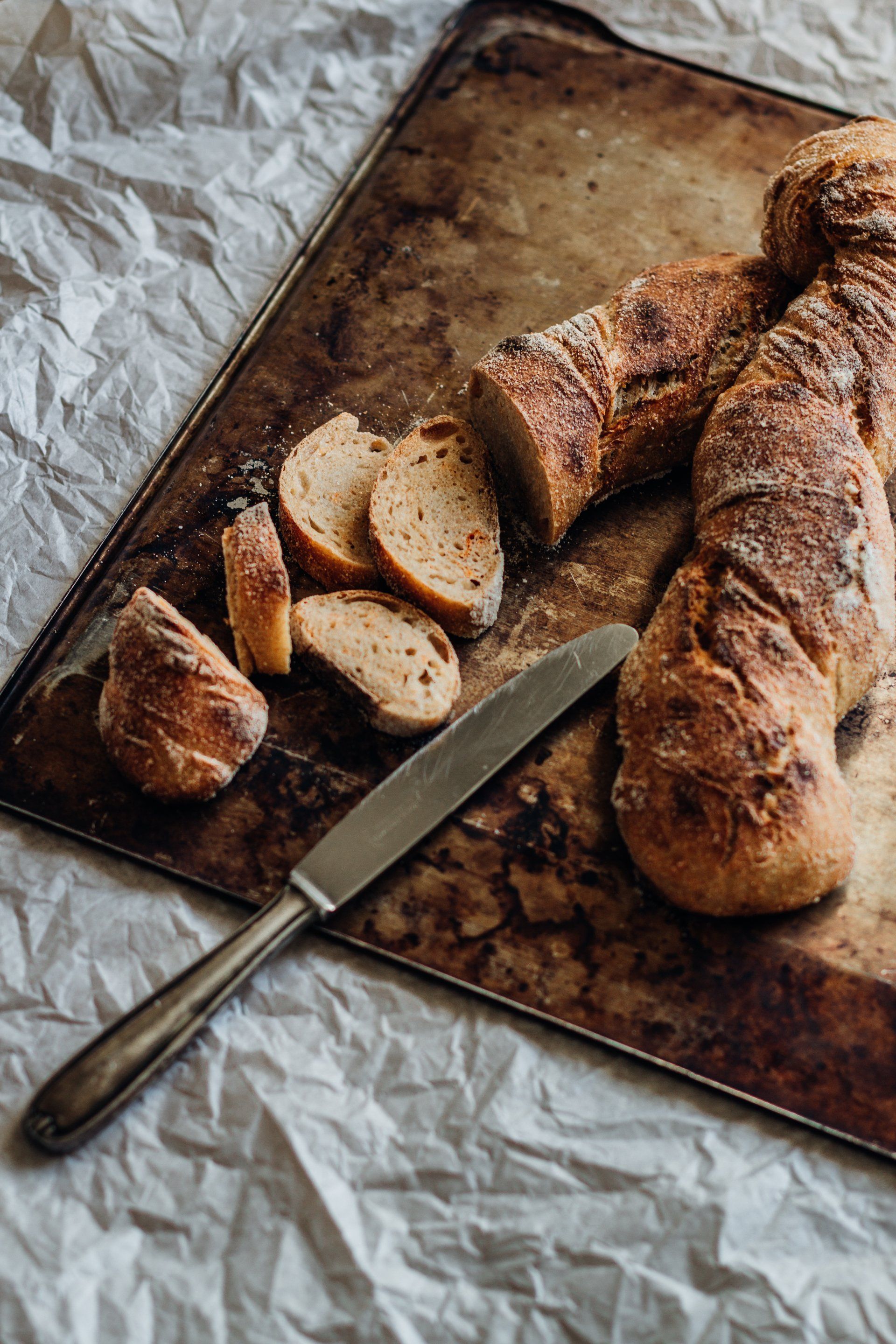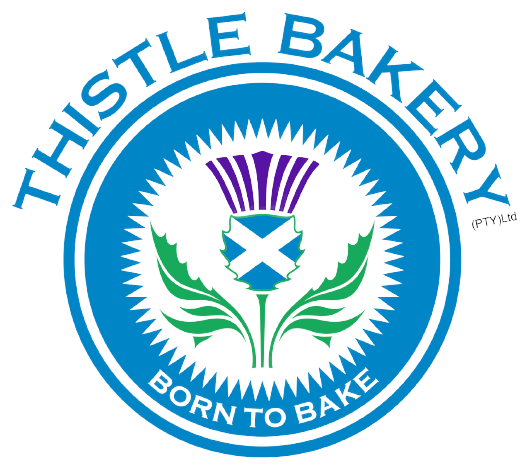BLOG
Our Blog

16 Oct, 2023
Pastry-making is often considered the pinnacle of baking. It requires precision, patience, and a deep understanding of ingredients. But what makes pastries so special? The magic lies in the layers. Pastries like croissants and puff pastries have hundreds of layers, giving them their characteristic flaky texture. Achieving this requires a technique called lamination, where dough is folded multiple times with butter. This intricate process, when done correctly, results in a pastry that's crispy on the outside and tender on the inside. Temperature plays a crucial role in pastry-making. Butter must be cold to ensure distinct layers. The environment, too, matters. A slightly humid room can turn a perfect dough into a sticky mess. Overworking the dough can lead to tough pastries, while underworking might not produce enough layers. It's this delicate balance that makes pastry-making both an art and a science. But pastries aren't just about science; they're also about creativity. Think of Danish pastries filled with fruit preserves, or éclairs piped with creamy custard and topped with glossy chocolate. Then there are tarts, with their crumbly shortcrust base, filled with everything from rich chocolate ganache to tangy lemon curd. And let's not forget the artistic marvels of mille-feuille or the delicate beauty of macarons in a rainbow of colors. The world of pastries is also rich in history and culture. The croissant, for instance, has its origins in Austria but is now synonymous with French cuisine. Baklava, with its layers of filo dough and honey-soaked nuts, tells tales of the Ottoman Empire. Each pastry carries with it stories of places, people, and traditions. In the world of baking, pastries are both a challenge and a reward. They represent the perfect blend of science and art. Mastering them requires dedication and practice, but the results – a perfectly flaky croissant or a beautifully layered opera cake – are worth the effort. For those who savor them, pastries are not just treats; they're experiences. Each bite tells a story of craftsmanship, tradition, and passion. In the end, pastries are a testament to the beauty that arises when science meets creativity.

16 Oct, 2023
Cakes have been a part of human celebrations for millennia. The ancient Greeks made honey cakes as offerings to the gods, while the Romans enjoyed fruitcakes during weddings. These early cakes, often dense and sweetened with natural ingredients like honey or dates, were a far cry from the multi-layered, frosted delights we relish today. The Middle Ages brought about a significant change in the world of cakes. With the introduction of refined sugar, cakes began to evolve in both taste and texture. The more refined the sugar, the finer the cake became. By the Renaissance period, cake-making had become an art form in Europe, with various countries developing their signature cakes. The evolution of cakes can be attributed to advancements in technology and the availability of ingredients. The discovery of baking soda and baking powder in the 18th century revolutionized cake-making. These leavening agents allowed cakes to rise, making them fluffier and softer. This period also saw the popularization of ingredients like chocolate and vanilla, adding more flavors to the cake world. The 19th century was a game-changer for cakes. The introduction of temperature-controlled ovens led to more consistent baking results. As sugar became more accessible and affordable, frosting and layering became popular, giving birth to the modern cake. This era also saw the birth of many classic cakes, such as the Red Velvet and the Victoria Sponge. Today, cakes are not just desserts; they're edible art. With the advent of culinary schools and baking shows, cake decorating has reached new heights. Techniques like fondant molding, airbrushing, and edible printing have transformed cakes into canvases for bakers. Whether it's a 3D cake replicating a favorite character or a wedding cake that's a multi-tiered architectural marvel, the possibilities are endless. Moreover, cakes have also adapted to dietary needs and preferences. Vegan, gluten-free, and sugar-free cakes are now readily available, ensuring everyone gets a slice of the celebration. From humble honey cakes of ancient Greece to the intricate fondant masterpieces gracing today's celebrations, cakes have indeed come a long way. They stand as a testament to human creativity, adaptability, and the universal love for sweet delights!

16 Oct, 2023
Sourdough bread, with its distinct tangy flavour and chewy texture, has been a favourite for centuries. But did you know that this bread type dates back to ancient civilizations? The magic of sourdough lies in its fermentation process. Unlike other breads that use commercial yeast, sourdough relies on a mixture of wild yeast and lactic acid bacteria. This combination not only gives sourdough its unique taste but also offers various health benefits. Historically, sourdough was the primary method of bread leavening until the late 19th century when bakers' yeast became popular. Ancient Egyptians are credited with the art of making sourdough, and remnants of this bread have been found in 5,000-year-old archaeological sites! But the journey of sourdough doesn't stop in Egypt. This bread traveled through trade routes, finding its way to Europe. In ancient Rome, Pliny the Elder wrote about the health benefits of sourdough, noting its pleasant taste and easy digestibility. By the Middle Ages, sourdough became a staple in European households. The Gold Rush era in the United States further popularized sourdough, especially in San Francisco. Miners would carry a pot of sourdough starter, ensuring they had a reliable source of leavening for their bread. This tradition continues today, with many bakeries in San Francisco still using century-old starters. Today, with the resurgence of artisanal baking, sourdough has made a significant comeback. Its natural fermentation process makes it easier to digest, and the lactic acid bacteria present can be beneficial for gut health. Moreover, the slow fermentation process of sourdough breaks down phytates, making minerals like zinc and magnesium more available for absorption. Modern bakers are also experimenting with sourdough, introducing new flavors and variations. From sourdough pizza crusts to sourdough pancakes, the versatility of this bread is being explored like never before. So, next time you bite into a slice of sourdough, remember you're not just savoring a delicious piece of bread; you're savoring millennia of history, tradition, and innovation!
Usefull links
Contact info
Tel: +27 11 392 4405
+27 11 392 1201
Email:
debtors@thistlebakery.co.za
Address: 15 Brussels Road
Aeroport, Spartan,
Kempton, Gauteng, 1619
Trading Hours
Mon-Fri 06h30-16h30
Sat 07h00-13h00
Sun/ PH closed
Public Holidays Trading Hours:
Saturday – 27 April 7h00-13h00
Wednesday – 1 May Closed
© 2024
All Rights Reserved | Thistle Bakery (PTY)LTD | Privacy Policy | Developed by Webshure
